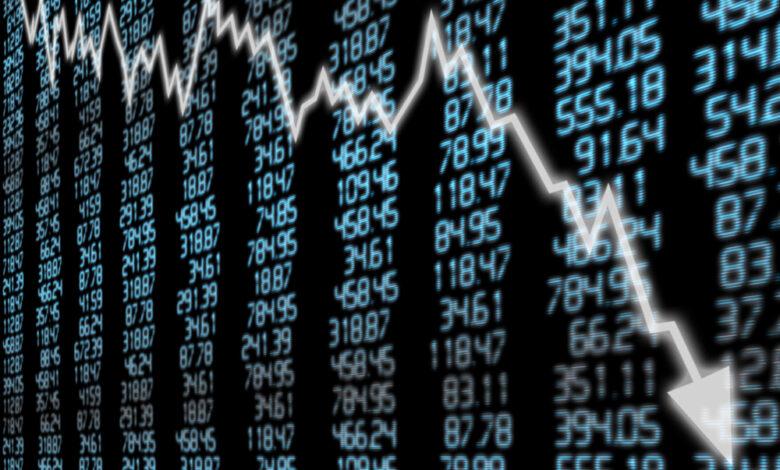Ukrainian dollar bonds fell 10%: Bloomberg

Since the start of 2025, Ukrainian dollar bonds have lost 10%, the worst performance among emerging and frontier markets. About this informs Bloomberg.
At the end of 2024, the situation was radically different. At that time, the expectation of the victory of Donald Trump in the presidential elections in the USA and his statement about the intention to achieve a ceasefire and conclude a peace agreement between Ukraine and Russia supported the demand for Ukrainian papers.
As a result, the value of some dollar bonds of Ukraine increased sharply, especially after the August restructuring — some of them almost doubled in price. However, investors are now increasingly skeptical that Trump will be able to achieve peace quickly. Despite his offer to hold a meeting with Volodymyr Zelenskyi and Vladimir Putin in Turkey, the Kremlin sent a lower-level delegation to the talks, and Putin did not attend the event itself.
Against this background, some investors, in particular the London-based hedge fund Frontier Road, refocused on Ukrainian corporate bonds, which, in their opinion, are less vulnerable to political instability. Bank of America continues to advise holding Ukrainian sovereign bonds in portfolios, but warns of “downside risks” given that the war is now in its fourth year. Morgan Stanley analysts do not predict the end of hostilities in 2025 at all.
Some Ukrainian securities, including “zero” bonds maturing in 2035, which depend on the country’s economic performance in the future, are now trading just above \$0.5 to the dollar, although their price was as high as $0.7 in February. In contrast to Ukrainian assets, the stock markets of Eastern European countries demonstrate positive dynamics. Indices in Warsaw, Prague and Budapest have increased by more than 30% in dollar terms since the beginning of the year.
The national currencies of Poland, the Czech Republic and Hungary also strengthened and topped the list of leaders among countries with developing markets. This result was a consequence of Europe’s preparations for a potential reduction in military aid from the United States. In response, a number of countries, in particular Germany, promised to significantly increase defense spending, which supported the economies of the region.





